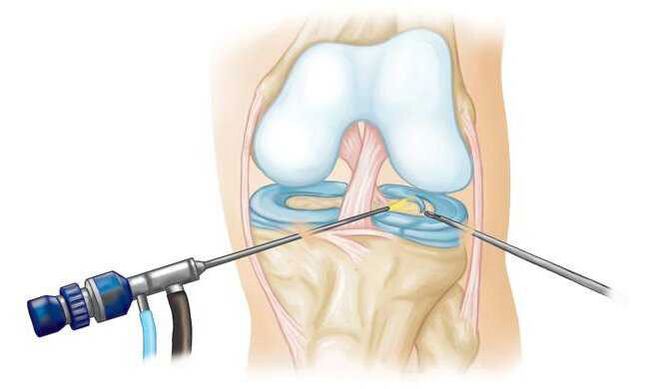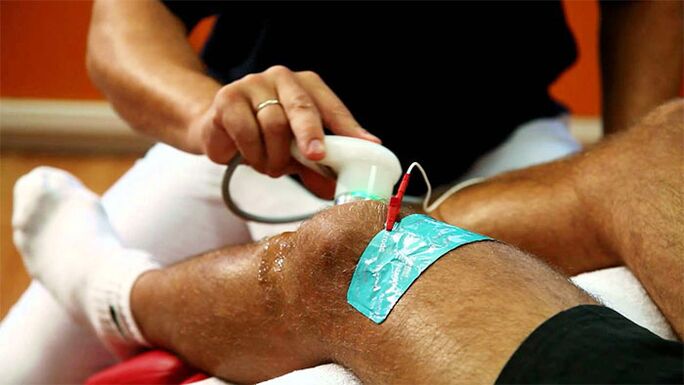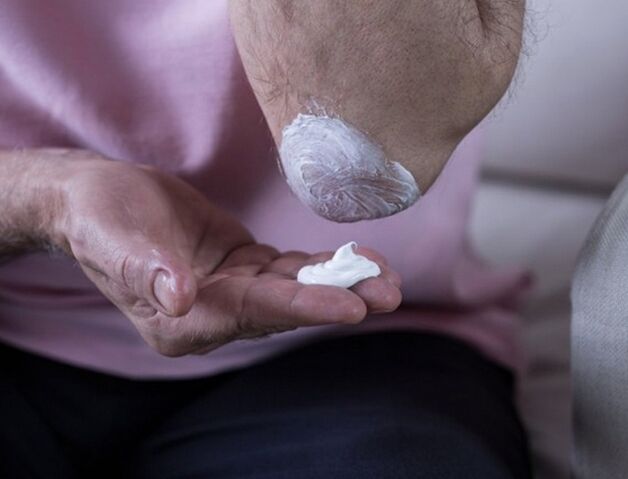
Treatment of joint diseases includes an integrated approach and a combination of several methods. Most treatment strategies include prescribing the correct medication. They can be supplemented with traditional medicine methods.

Main trends in modern arthritis treatment
After a complete examination, including primary and accompanying diagnoses, appropriate treatment for the joint disease will begin.
It includes the following methods:
- lifestyle modifications;
- medication adjustments;
- physical therapy;
- surgery.
The choice of method depends on the stage of the disease and the degree of destruction of the joint structure. First, you should learn the following rules to make treatment more effective:
- Adjust body weight;
- Therapeutic exercise – exercises that remove static loads on joints;
- Improve the level of understanding of diseases in patients;
- The use of additional accessories (joint tape, insoles, canes or orthotics);
- Physical therapy.
Diagnosis is made by an orthopedic-traumatologist. However, other professionals providing consulting services may be involved in the process:
- Neurologist: need to be consulted in case of damage to intervertebral structures, nerve root syndrome, severe back pain due to disease;
- Infectious disease specialist: eliminates the infectious nature of joint diseases;
- Oncologist: excludes malignant tumors of bone and joint tissue or metastases to these areas;
- Osteoporosis specialist: rule out the tuberculosis nature of the bone lesion.
During the illness, prevention of complications of pathology and its progression is carried out. To do this, it is necessary to use orthotics and fixation bandages, monitor weight, nutrition and regularly visit a doctor. Consultation with a treating specialist is required at least twice a year.
Treatment effectiveness meets the following criteria:
- Prevent disease progression;
- New joints do not participate in the pathological process;
- Pain reduces or disappears;
- There are no signs of an inflammatory process;
- Quality of life, physical activity and ability to work are improved.
On the contrary, there are features of the course of the disease that require hospitalization and adjustment of recovery tactics:
- persistent and severe pain syndrome;
- Severe inflammation of the joint and periarticular structures (skin over the affected area is warm to the touch, red, increases in size, painful and limited in movement).
Medicines
The choice of a drug complex depends on the stage of the process:
- Phase I – non-pharmacological correction methods, non-steroidal drugs and cartilage-strengthening drugs;
- Phase II – non-pharmacological correction methods, non-steroidal drugs and cartilage-strengthening drugs, intra-articular maintenance treatment;
- Phase III – non-pharmacological correction methods, non-steroidal and cartilage-strengthening drugs, intra-articular maintenance therapy, antidepressants;
- Stage IV – radical surgical intervention includes removal of affected tissue and installation of an artificial joint.
Additionally, in case of severe pain, painkillers can be used, and various ointments can be used to eliminate severe soft tissue inflammation.
Treatment of arthritis is carried out according to established courses, this period cannot be violated independently. Even if the condition appears to improve, it is still necessary to continue taking the medication because it tends to accumulate in the body. In the same way, you cannot independently adjust the dosage of the drug, either in the direction of decrease or increase.
The medicine must be taken at the same time every day. Reception features - according to instructions. If the patient is being treated for another condition, the doctor must analyze the combined effect of all drugs and rule out dangerous combinations.
Medicine
Let's look at the main groups and examples of drugs.
As examples are given, the attending physician can prescribe other representatives of these groups of drugs.
- Analgesic.They are used to relieve pain, allow you to restore range of motion, and improve your quality of life.
- Nonsteroidal anti-inflammatory drugs.They relieve joint pain, eliminate swelling and redness of soft tissues, normalize the temperature of the skin over the joints and restore range of motion.
- Chondroprotectors.They contain components of animal cartilage tissue, which help restore the structure of joints, periarticular surfaces, ligaments and synovial membranes. Slows the progression of the process and promotes healthy joints.
- Pain relievers.Used for emergency pain relief in cases of severe pain. Admission period: once, if necessary.
- Derivative of hyaluronic acid.A viscoelastic implant containing hyaluronic acid is inserted into the joint. It improves the condition of ligaments, synovium and soft tissues. Allows water retention, improves the condition of collagen fibers, makes tissue elastic, resistant to damage and destruction.
- Glucocorticosteroids.Used for severe inflammation. They allow you to effectively influence the pathology and act quickly.

Use ointment
Treatment of joint diseases involves the use of ointments. In some cases, they alleviate the patient's condition by reducing pain. However, this is only meaningful in the early stages of the disease. The fact is that any drug that the patient takes orally is absorbed into the blood in the digestive tract and through it acts on joint tissue. If used intravenously, the effect can be achieved faster and the effect on mucous membranes is also eliminated.
Applying the medication as an ointment or gel causes the medication to only affect the skin and a small layer of soft tissue underneath. Patients must understand that it does not affect the joints but only works symptomatically.
The following ointments are used for this:
- contains non-steroidal drugs;
- contains salicylic acid;
- contains capsaicin.
It can also be an ointment or gel made from medicinal plants, which helps improve the condition of soft tissues and reduce sensitivity. This can be an ointment with menthol, camphor, eucalyptus or peppermint.

Traditional methods of treating joint diseases
Folk remedies related to the relief of pathological syndromes. Complete recovery from the disease cannot be achieved using such techniques; they are used in tandem with therapeutic and physical procedures. If only homemade medicine is used, the disease may progress and the patient will just waste time.
The following drugs have a symptomatic effect:
- compress crushed horseradish root. Use daily, for a 7-9 day course. A layer of film and warm cloth is placed on top of the root pulp. Compression time is 30 minutes;
- Oatmeal compresses are used according to the same principle. For this, a creamy mixture is prepared. After the mixture cools, apply it to the joint;
- You can leave the honey compress overnight. It is better to use wild honey;
- Cabbage leaves with a layer of honey are applied to the affected joint. Fix and leave overnight;
- Mix chalk powder with condensed yogurt. Apply to the joint, cover with plastic wrap and cover with a layer of warm natural fabric. Leave the compress overnight.
Diagnose
Arthritis can be effectively treated if diagnosed correctly. The following methods are used for this:
- clinical diagnosis, including examination results and patient questioning;
- X-ray diagnosis, which examines healthy and affected joints and compares their condition;
- Experimental methods allow you to exclude other pathological causes;
- joint fluid analysis;
- Ultrasound examination for soft tissue inflammation;
- CT scan to study the soft tissues and structures around the joint in more detail.

























